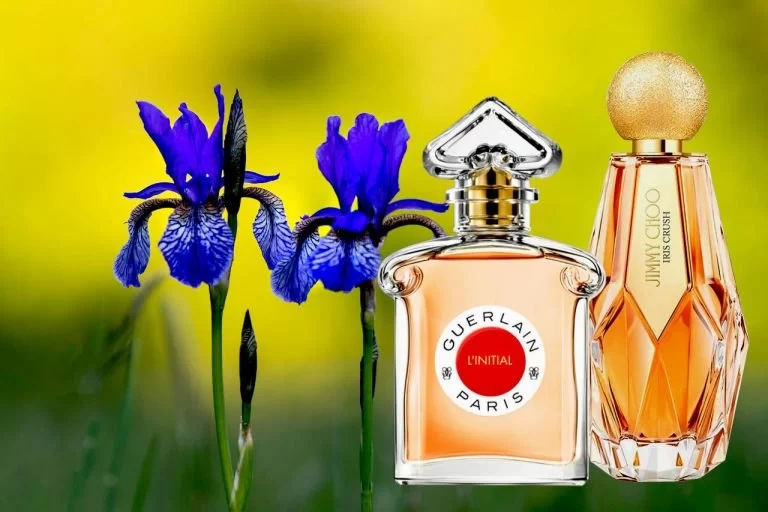- what-makes-iris-in-perfume-unique
- how-iris-smells-in-perfume
- iris-and-other-notes-in-fragrance-composition
- the-craft-behind-iris-extraction-in-perfumery
- personal-experience-with-iris-scents
- discover-your-perfect-iris-fragrance-with-scent-snob
1. What Makes Iris in Perfume Unique
Iris is one of the most luxurious and fascinating ingredients used in high-end perfumery. Unlike many floral notes, it doesn't come from the petals but from the root—specifically the rhizome of the iris flower, most often Iris pallida or Iris germanica. Once dried and aged, these roots are transformed into orris butter, the substance that gives iris its signature scent in perfume.
What makes iris so distinctive is its duality: it’s both earthy and ethereal, powdery yet creamy. No other floral note offers quite this level of refinement or elegance, which is why iris is a staple in many niche and designer fragrances alike.
2. How Iris Smells in Perfume
So what does iris actually smell like in perfume? The scent is best described as soft, velvety, and powdery—with a waxy, cool undertone that sometimes resembles the aroma of violet or even clean paper. There’s a hint of carrot or suede in many iris-based scents, giving it a creamy and tactile sensation.
For example, fragrances like Dior Homme Intense or Prada Infusion d’Iris are iconic for showcasing iris in its most elegant and luxurious form. These perfumes wrap the iris in amber, musk, or woody notes, highlighting both its dry powderiness and warm sensuality.
3. Iris and Other Notes in Fragrance Composition
Iris rarely plays solo. It often harmonizes beautifully with other notes depending on the style of the fragrance:
With woods: Iris pairs exceptionally well with sandalwood or vetiver, amplifying its dry and creamy qualities.
With florals: When blended with jasmine or rose, iris adds a touch of dusty sophistication that deepens the bouquet.
With spices: In spicy or oriental perfumes, iris adds a surprising layer of softness and modernity.
Master perfumers use iris to evoke calm, introspection, and timeless class. It’s not loud—it’s poised. For this reason, iris fragrances are often favored by those who prefer understated elegance over sweetness or intensity.
4. The Craft Behind Iris Extraction in Perfumery
Orris root, the source of iris in perfume, takes 3 to 5 years of aging before it becomes usable. The roots must be carefully dried, stored, and aged to develop their unique fragrance molecules—especially irones, which give iris its violet-powder character.
This meticulous process explains why iris is one of the most expensive raw materials in perfumery. Only a few kilos of orris butter are harvested per year, which is why perfumes using iris often carry a higher price tag. But for those who appreciate craftsmanship, this is part of the allure.
5. Personal Experience with Iris Scents
I remember the first time I sprayed a sample of a niche iris fragrance at a boutique in Kuala Lumpur. It wasn’t love at first sniff—it was curiosity. The drydown was unlike anything I’d worn before: soft, intelligent, and comforting. Over time, iris became my go-to for interviews, art gallery days, or when I just needed to feel quietly confident.
Interestingly, iris scents tend to evoke emotion. Many wearers associate it with memory—perhaps the smell of vintage makeup compacts, or the pages of a favorite book. It’s a nostalgic note that somehow feels both modern and timeless.
6. Discover Your Perfect Iris Fragrance with Scent Snob
Whether you're a long-time perfume connoisseur or new to the world of niche scents, finding the right iris fragrance is an olfactory adventure worth taking. At Scent Snob, we curate a selection of iris perfumes from both legendary and emerging houses—each chosen for their quality, character, and wearability.
Explore modern blends, vintage-inspired creations, or minimalist iris-forward perfumes that let this rare ingredient shine. Our expert insights and scent-matching tools can help you uncover the iris that speaks uniquely to you.


0 comments